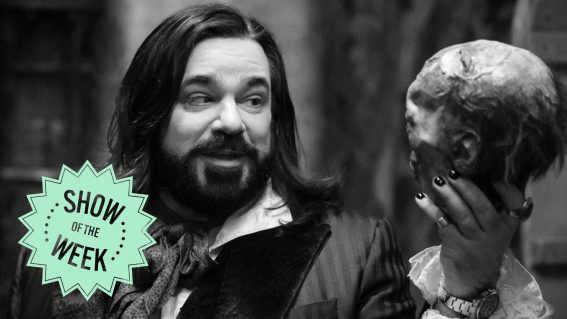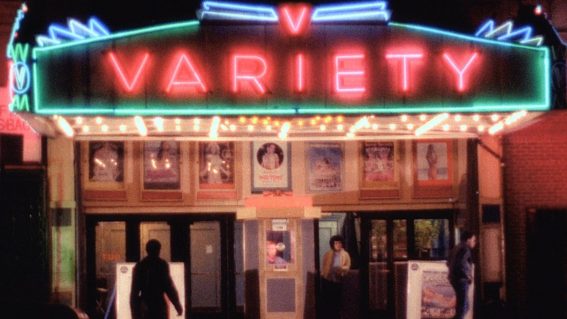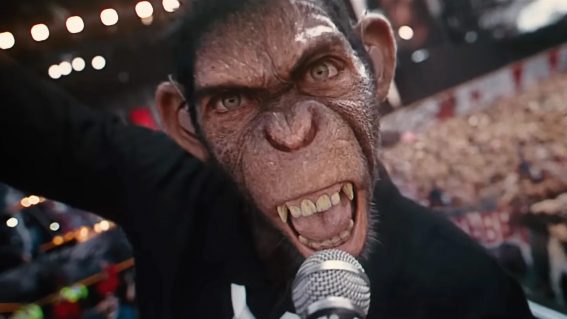My Lady Jane turns historical tragedy into overfamiliar girlboss fantasy
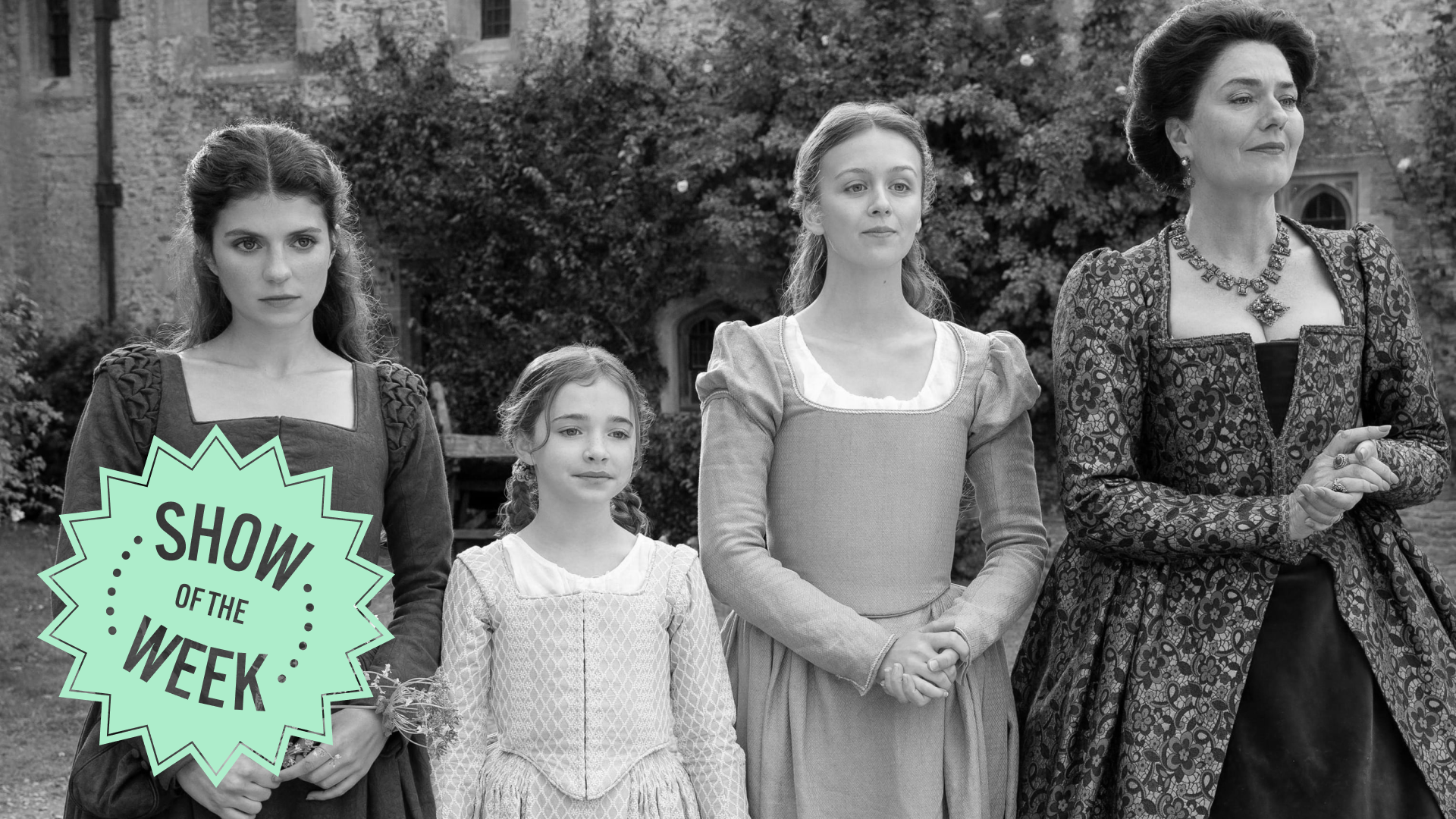
Clarisse Loughrey’s Show of the Week column, published every Friday, spotlights a new show to watch or skip. This week: Prime Video’s My Lady Jane offers far less of a royal rebellion than it promises.
At this point, the pop-punk, revisionist history take has to be considered a cliché. It’s the spark ignited by Sofia Coppola’s Marie Antoinette, and fanned on all sides by Tony McNamara’s The Great and Alena Smith’s Dickinson—all excellent, transformative works, yet we’ve now reached the inevitable point at which this brand of story has been stretched too thin. It’s brittle, now. And starting to become unrecognisable. Watching Prime Video’s My Lady Jane go through the motions, with its fierce and beautiful female lead making waves in 16th century England, I was left only with the troublesome question: “What is any of this for anymore?”
Its premise, adapted from the YA book series by Jodi Meadows, Brodi Ashton, and Cynthia Hand—but sexed up on screen to the point it may no longer suit its target audience—goes like this: Lady Jane Grey, if you remember your history lessons, was the Queen of England for but nine days. She was named successor in the will of sickly Edward VI, to keep the throne Protestant, and ward off the rule of his Catholic sister Mary. Jane was crowned on 10 July 1555 and deposed on 19 July 1553, when her support suddenly and dramatically waned. She was executed the following year. Paul Delaroche painted a very sad painting about it.
My Lady Jane, in an intended act of feminist reclamation, has dared us to imagine that Jane (Emily Bader) was actually an “intellectual rebel, a bit of a pain in the arse”, who was good with herbs and despised the institution of marriage, even if it potentially involved the roguish Lord Guildford Dudley (Edward Bluemel). And what if she upheld not faith, but the civil rights of the entirely fictional Eðians, a marginalised people who can shapeshift into animals? “History remembers her as the ultimate damsel in distress,” Oliver Chris’s smug narrator declares. “Well f*** that. What if history were different?”
History is in need of a good lashing, at least to readjust our understanding of the lives of its women—but how exactly does Lady Jane Grey benefit from girlbossification? Her life was short and sad (she was executed around the age of sixteen), but it didn’t push boundaries. She was never demonised, merely just softly, and quite kindly, pitied across the annals of history.
So, what do we add when the show’s soundtrack is busy with female vocalists covering old songs originally written and performed by men, like David Bowie’s “Rebel Rebel”, instead of picks from the rich history of Riot grrrl music? And now that a more diverse approach to casting period dramas is finally the norm (thank god), why is it that leads for these sorts of shows are still almost universally white? Can we really call this feminism, or has rebellion merely become a trend?
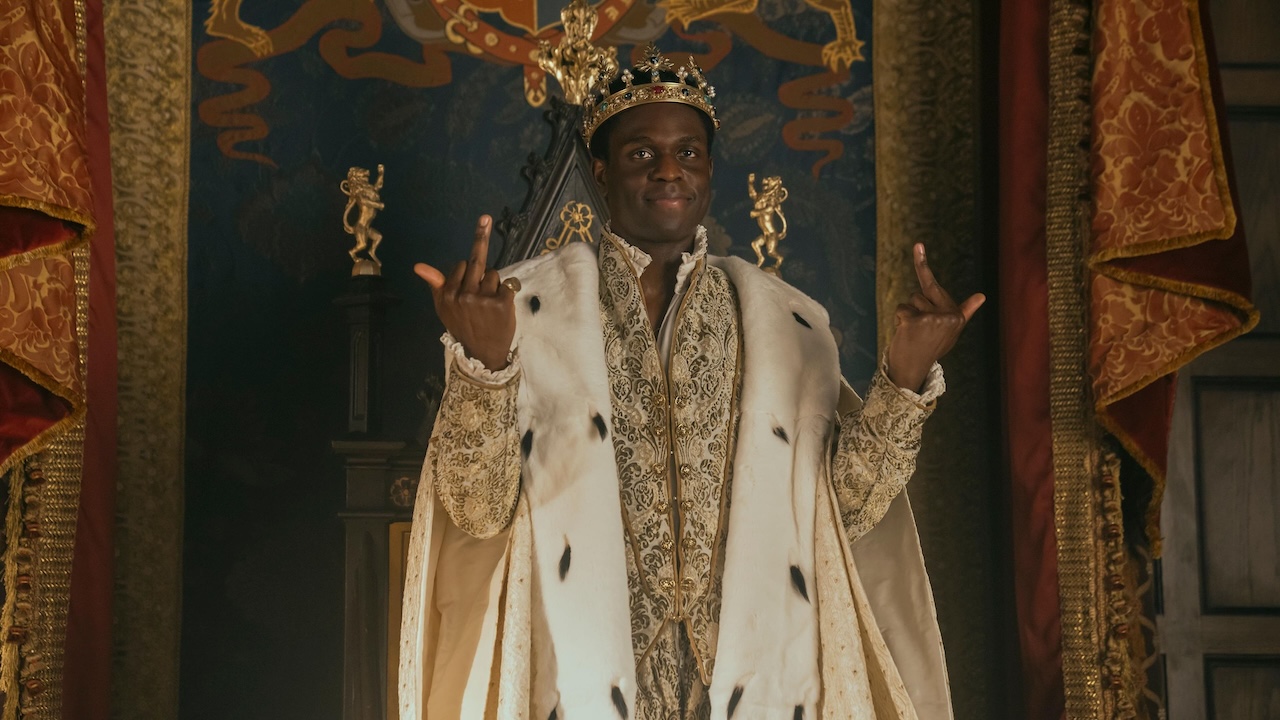
I’m also not sure of the value of showing the middle finger to the canon when we’re talking about a series that indulges in history’s worst impulses when it comes to the depiction of Jane’s rival, Mary I (Kate O’Flynn). Here—and I understand it’s for narrative and tonal purposes—she’s a full blown of Queen of Hearts, eyes bulged, screeching commands at her minions to dispatch the troublesome little lady forthwith. It’s Mary I as the notorious “Bloody Mary”, a nickname that’s turned her into a kind of corseted bogeyman, her ire directed here at Eðians instead of Protestants.
One problem—the “Bloody Mary” reputation is the work of religious propaganda and outright misogyny. She’s a monster by modern standards, having ordered the burning of roughly 280 Protestants at the stake as heretics, but so were all the Tudors. Elizabeth, her sister and successor, played angelically here by Abbie Hern, ordered the execution of 800 Catholics after a rebellion in the North, and ordered at least 183 Catholics to be hanged, drawn, and quartered under the charge of treason. Mary merely had the misfortune of being the wrong kind of religion when the history books were written, and was treated viciously for her marriage to Philip II of Spain, accused of opening the country’s floodgates to foreign influence.
So, I challenge you, future writers and directors of pop-punk, revisionist history: why not give Mary her shot at a revamp? Here’s a woman who, though far from saintly, has genuinely been unfairly villainised by those who despised her gender and her beliefs. Tell her story, with all the bells and whistles. You could give it a Taylor Swift, Reputation-era, “Look What You Made Me Do” sheen if you like, CGI snakes and all.



